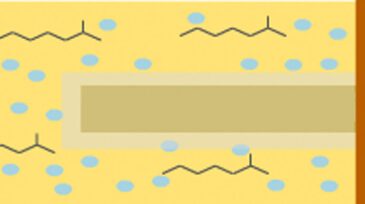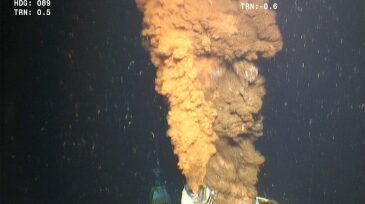Flow assurance
The research facility said it plans to add multiphase-flow-testing capabilities for heavy oil and different viscosities.
This paper compares various drainage strategies and well completion configurations on the installation of inflow control technology by considering energy efficiency.
A new tubing-conveyed tool combines wellbore cleanout with multi-tracer deployment for production diagnostics and reservoir monitoring.
-
A new complex at Southwest Research Institute will support fluid dynamics research and the development testing of flow components.
-
As operators rely on longer subsea tiebacks, an upward trend in the number of plugs caused by paraffins and hydrates has been seen. New prevention and remediation methods are discussed to help solve these challenges.
-
A test method is being developed to screen paraffin chemistries in the presence of brine, closer resembling dynamic field conditions.
-
A BP flow assurance engineer discusses the shift in hydrate management strategy from complete avoidance to risk mitigation for an offshore dry tree facility.
-
The complete paper evaluates optimization techniques to develop, or support, business cases for intelligent or smart wells.
-
At the 2017 SPE Oilfield Chemistry Conference, an assistant professor from Heriot-Watt University discusses the optimization of squeeze treatments delivered by diving support vessels.
-
An investigator from the US National Energy Technology Laboratory examines the role remotely operated vehicles played in flow rate estimation from the Macondo well.
-
A look at techniques and technologies aimed at mitigating erosion issues from produced sand.
-
The accurate and precise analysis of scale inhibitors—in conjunction with other field data such as ion analysis, total suspended solids, and productivity index—plays an important role in making decisions about the efficiency of scale squeeze and continuous chemical injection treatments.
-
A former technical manager with Petrobras discusses the development of the company’s flow assurance philosophies and strategies.













